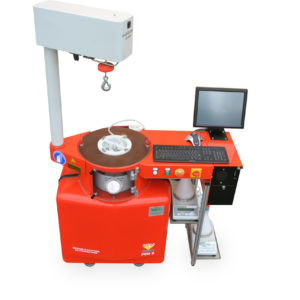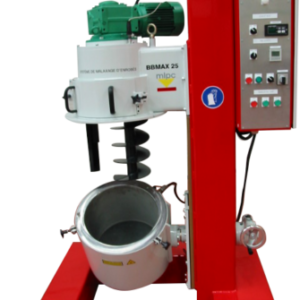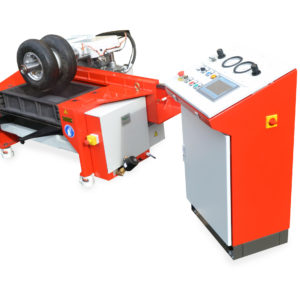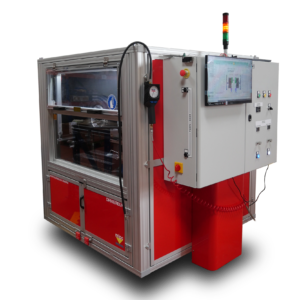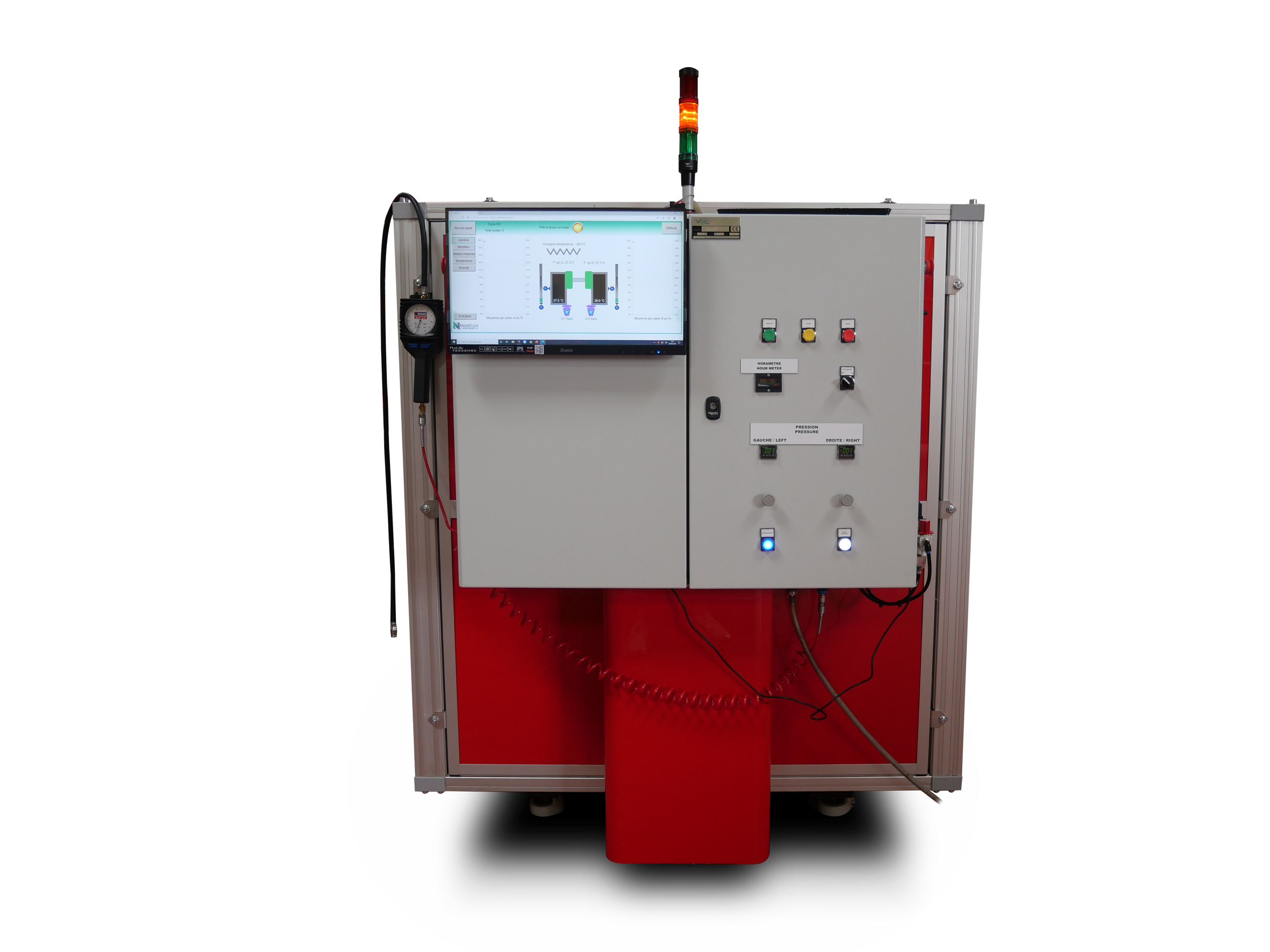Fatigue machine – M2F
EN 12697-24 Annex A 09 2007 EN 12697 26 Annex A

The fatigue machine – M2F, is a co-developed mlpc laboratory device which meets the criteria of the NF P 12 697-22 standard. It is used for the following applications:
- To carry out fatigue resistance tests on 2 trapezoidal specimens of bituminous materials.
- To measure the complex modulus on 2 trapezoidal specimens of bituminous materials, using a precise enclosure (isothermal).




